Table Of Contents
- 1 Introduction
- 2 Acne
- 3 Types of Acne
- 4 Common Causes and Triggers
- 5 The Importance of a Holistic Approach
- 6 The benefits of DIY treatments
- 7 Zap Zits with Zest: Unleash Your Inner Acne Assassin!
- 8 DIY facemasks and scrubs
- 9 DIY solutions
- 9.1 Natural Remedies for Fading Acne Marks
- 9.2 DIY Face Masks and Serums for Scar Reduction
- 9.3 The Role of Exfoliation in Promoting Skin Renewal
- 9.4 DIY makeup for acne-prone skin
- 9.5 Precautions and Tips for DIY Treatments
- 9.6 Patch Testing and Allergy Considerations
- 9.7 Proper Storage and Shelf Life of Homemade Products
- 9.8 Consulting with a Dermatologist for Severe Acne Cases
- 10 Conclusion
Introduction
Are you tired of battling stubborn acne and searching for effective solutions that won’t break the bank? Acne affects millions of individuals worldwide, causing distress and a relentless quest for a solution. But what if the answer lies within the confines of your own kitchen? Look no further! In this blog post, we will dive into the world of DIY solutions for acne and uncover the power of homemade treatments that truly work. Say goodbye to expensive skincare products and hello to natural remedies that can transform your skin.
Acne
Acne, the bane of many people’s existence, is a skin condition that affects individuals of all ages. Whether you’re a teenager navigating the world of adolescence or an adult battling unexpected breakouts, understanding acne is crucial in finding effective solutions.
Types of Acne
Acne comes in various forms, each with its unique characteristics and appearance. By understanding the different types, you can better identify and address the challenges they present. Let’s explore some common ones:
- Whiteheads: These are small, flesh-colored or whitish bumps that occur when pores become clogged with oil and dead skin cells. They often appear as tiny raised bumps on the skin.
- Blackheads: Similar to whiteheads, blackheads form when the clogged pores are open, allowing the trapped material to oxidize and appear black. They are characterized by dark spots on the skin’s surface.
- Papules: Papules are small, red bumps that can be tender to the touch. They result from inflammation and are typically the first stage of acne development.

- Pustules: Pustules are larger, inflamed pimples that contain pus and have a white or yellow center. They are often painful and can be accompanied by redness and swelling.
- Nodules: Nodules are deep, painful bumps that form beneath the skin’s surface. They are typically larger and more severe than other types of acne and can lead to scarring.
- Cysts: Cysts are large, pus-filled lesions that are often painful and deep-rooted. They are one of the most severe forms of acne and require professional intervention to prevent scarring.
Common Causes and Triggers
Understanding the causes and triggers of acne is essential in managing and preventing breakouts. While the exact mechanisms may vary from person to person, some common factors include:
Excess Sebum Production: The sebaceous glands produce an oily substance called sebum, which helps lubricate the skin. However, overproduction of sebum can lead to clogged pores and acne formation.
Hormonal Imbalances: Hormonal fluctuations, especially during puberty, menstruation, pregnancy, and menopause, can trigger acne. Androgens, a type of hormone, stimulates the sebaceous glands, resulting in increased sebum production.
Bacterial Growth: The presence of specific bacteria, particularly Propionibacterium acnes, can contribute to the development of acne. These bacteria thrive in the blocked pores and trigger inflammation.
Follicular Hyperkeratinization: In acne-prone individuals, the shedding of dead skin cells may be abnormal, leading to the formation of comedones (clogged hair follicles) and further pore blockage.
Inflammation: Inflammatory responses within the skin can exacerbate acne and contribute to redness, swelling, and discomfort.
Environmental Factors: Exposure to pollutants, high humidity, certain skincare products, and cosmetics can irritate the skin and trigger acne flare-ups.
The Importance of a Holistic Approach
Taking a holistic approach to acne management is vital for long-lasting results. Addressing not only the physical symptoms but also the underlying causes and related factors can significantly improve your skin’s health. Here’s why a holistic approach matters:
Skincare Routine: Establishing a consistent skincare routine using gentle, non-comedogenic products can help maintain skin health and prevent breakouts. Cleansing, toning, applying serums, and moisturizing with suitable products tailored to your skin type is essential.
Also, check out this Korean skincare routine for healthy skin.
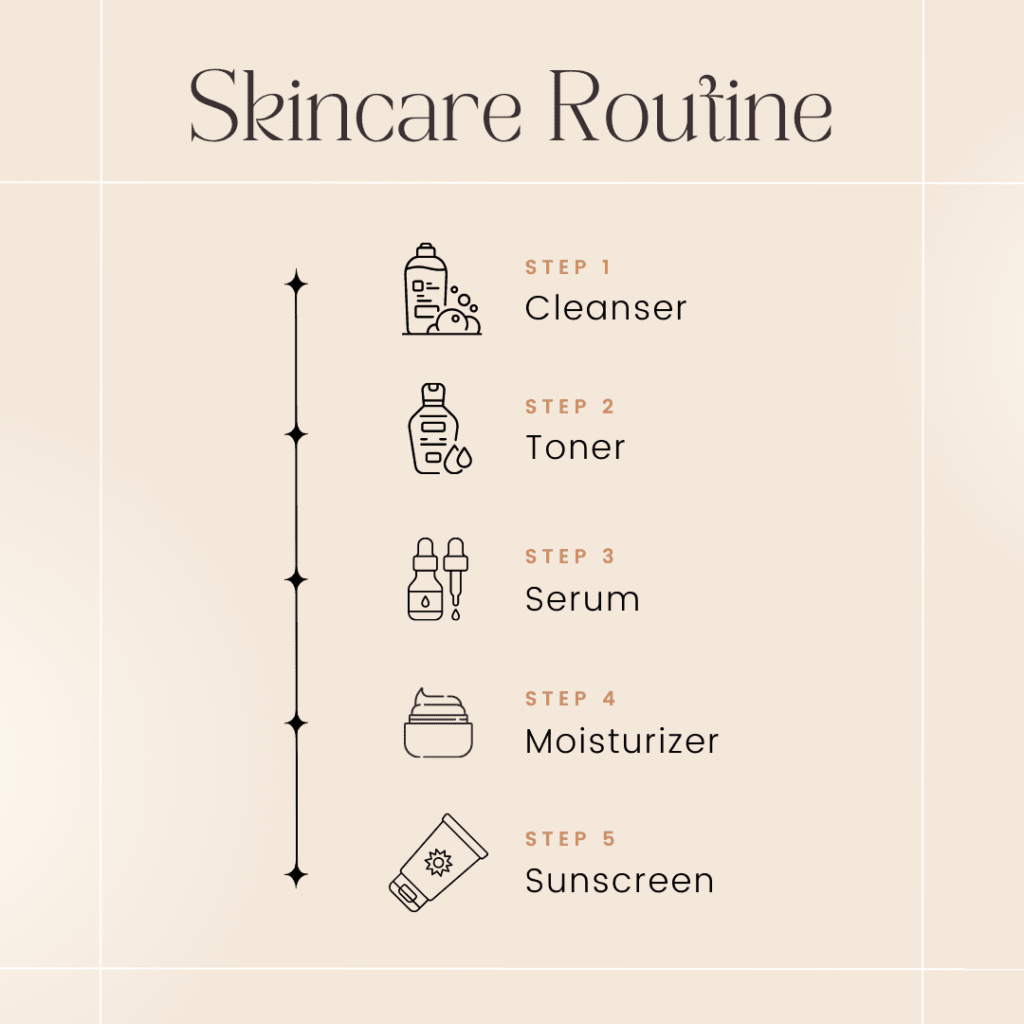
Diet and Lifestyle: A balanced diet rich in fruits, vegetables, whole grains, and lean proteins provides essential nutrients for skin health. Avoiding excessive sugar, processed foods, and greasy meals can help reduce inflammation. Additionally, managing stress levels, getting enough sleep, and regular exercise contribute to overall well-being and skin health.
Professional Guidance: Consulting with a dermatologist or skincare professional can provide personalized advice and treatment options tailored to your specific acne concerns. They can evaluate your skin, recommend suitable skincare products, prescribe medications if necessary, and monitor your progress.
Home Remedies and Natural Treatments: Some individuals find relief in using natural remedies such as tea tree oil, aloe Vera, and witch hazel. These ingredients possess antibacterial and anti-inflammatory properties that can help reduce acne symptoms. However, it’s essential to consult with a professional before incorporating these treatments into your routine.
The benefits of DIY treatments
In a world where convenience often reigns supreme, the concept of DIY treatments may seem like a throwback to a bygone era. However, these do-it-yourself solutions have experienced a resurgence in popularity, and for good reason. DIY treatments offer a host of benefits, from cost-effectiveness to the ability to tailor ingredients to your specific needs.
Cost-Effectiveness
One of the most compelling reasons to embrace DIY treatments is their cost-effectiveness. With store-bought products often carrying hefty price tags, the prospect of creating your own treatments can save you a considerable amount of money in the long run. Many ingredients commonly used in DIY treatments are affordable and readily available, such as baking soda, honey, oatmeal, and essential oils. By harnessing the power of these humble ingredients, you can pamper your skin and hair without breaking the bank.
Zap Zits with Zest: Unleash Your Inner Acne Assassin!
join the league of Acne Avengers
Not only do DIY treatments save you money, but they also allow you to get more bang for your buck. With store-bought products, you’re paying for the brand name, packaging, and marketing. DIY treatments strip away all the extras and focus solely on the ingredients that provide real benefits for your skin and hair. By investing in a few key ingredients, you can create multiple treatments and customize them to suit your specific needs.
Control over Ingredients
When it comes to DIY treatments, you’re the master of your own recipe. Unlike commercial products that often contain a laundry list of chemicals and preservatives, DIY treatments allow you to have complete control over the ingredients you use. This control is particularly advantageous for individuals with sensitive skin or specific allergies. By handpicking natural and organic ingredients, you can ensure that your DIY treatments are free from potentially harmful substances. Whether you’re making a face mask, hair conditioner, or body scrub, you can rest assured that every ingredient has been chosen with care.
Furthermore, the control over ingredients extends to their quality and freshness. With store-bought products, you never really know how long they’ve been sitting on the shelf or what processes they’ve undergone. With DIY treatments, you can source high-quality, fresh ingredients and use them immediately, ensuring maximum potency and effectiveness. The result is a truly nourishing and personalized experience for your skin and hair.
Personalized Solutions
One size does not fit all when it comes to skincare and hair care. We all have unique needs and concerns, and DIY treatments provide the perfect platform for customization. By creating your own treatments, you can tailor them to address your specific skin and hair concerns. Whether you’re battling acne, dryness, or frizz, the DIY route allows you to experiment with different ingredients and adjust formulations to find what works best for you. Personalization extends beyond addressing specific issues; it also includes indulging in the scents, textures, and sensations that bring you joy and relaxation. With DIY treatments, self-care becomes an art form in which you’re the artist.
Additionally, DIY treatments empower you to be more conscious of what goes on your skin and hair. You can avoid harsh chemicals, artificial fragrances, and unnecessary fillers that may be present in commercial products. Instead, you can focus on nourishing, natural ingredients that truly benefit your skin and hair. The process of creating and using DIY treatments becomes a mindful practice that connects you with the healing power of nature and enhances your overall well-being.
DIY facemasks and scrubs
When it comes to skincare, sometimes the best ingredients can be found right in your kitchen. DIY face masks and scrubs are a fantastic way to pamper your skin, address specific concerns, and unleash the power of natural ingredients. From acne-fighting ingredients to calming inflammation and exfoliating scrubs, these DIY treatments offer a world of possibilities for achieving radiant and healthy-looking skin.
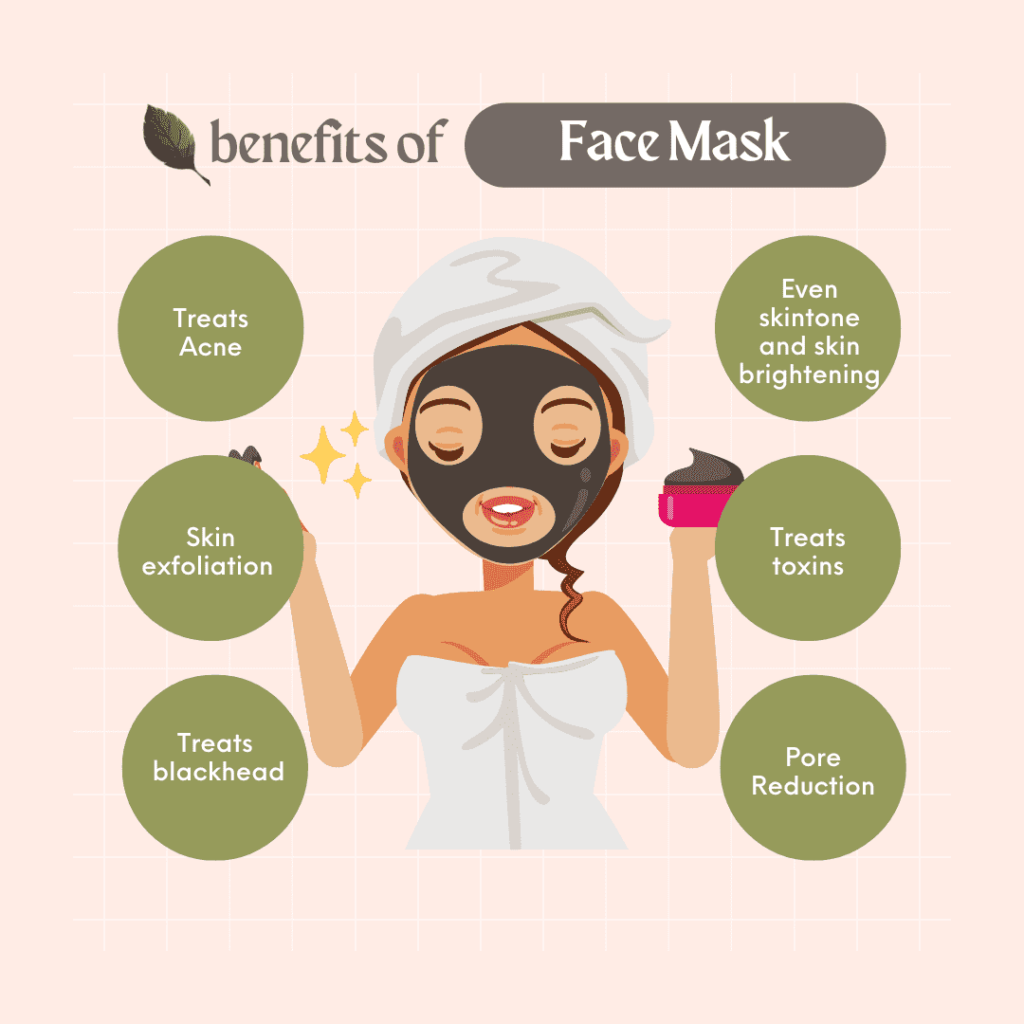
Acne-Fighting Ingredients from Your Kitchen
When it comes to combating acne, your kitchen is a treasure trove of effective ingredients. Many common household items possess powerful anti-inflammatory, antibacterial, and exfoliating properties that can help clear up blemishes and prevent future breakouts. Here are some key ingredients you can use in your DIY face masks and scrubs:
- This natural antiseptic helps kill acne-causing bacteria and reduce inflammation. Dilute a few drops in a carrier oil or mix it with other ingredients to create a soothing face mask.
- With its antibacterial and anti-inflammatory properties, honey can help heal acne and soothe irritated skin. Use it as a base for a face mask or mix it with other ingredients for added benefits.
- Known for its powerful anti-inflammatory properties, turmeric can help reduce redness and calm acne-prone skin. Mix it with yogurt or honey for a brightening face mask.
Recipes for Calming Inflammation and Reducing Blemishes
- Mix 2 tablespoons of fresh aloe vera gel with 1 teaspoon of honey and a few drops of tea tree oil. Apply the mask to your face and leave it on for 15-20 minutes before rinsing off with warm water. This mask will help reduce inflammation and promote healing.
- Combine 2 tablespoons of ground oatmeal with 1 tablespoon of plain yogurt and 1 teaspoon of honey. Gently massage the mixture onto your face in circular motions and rinse off with lukewarm water. This scrub will exfoliate dead skin cells and calm irritated skin.
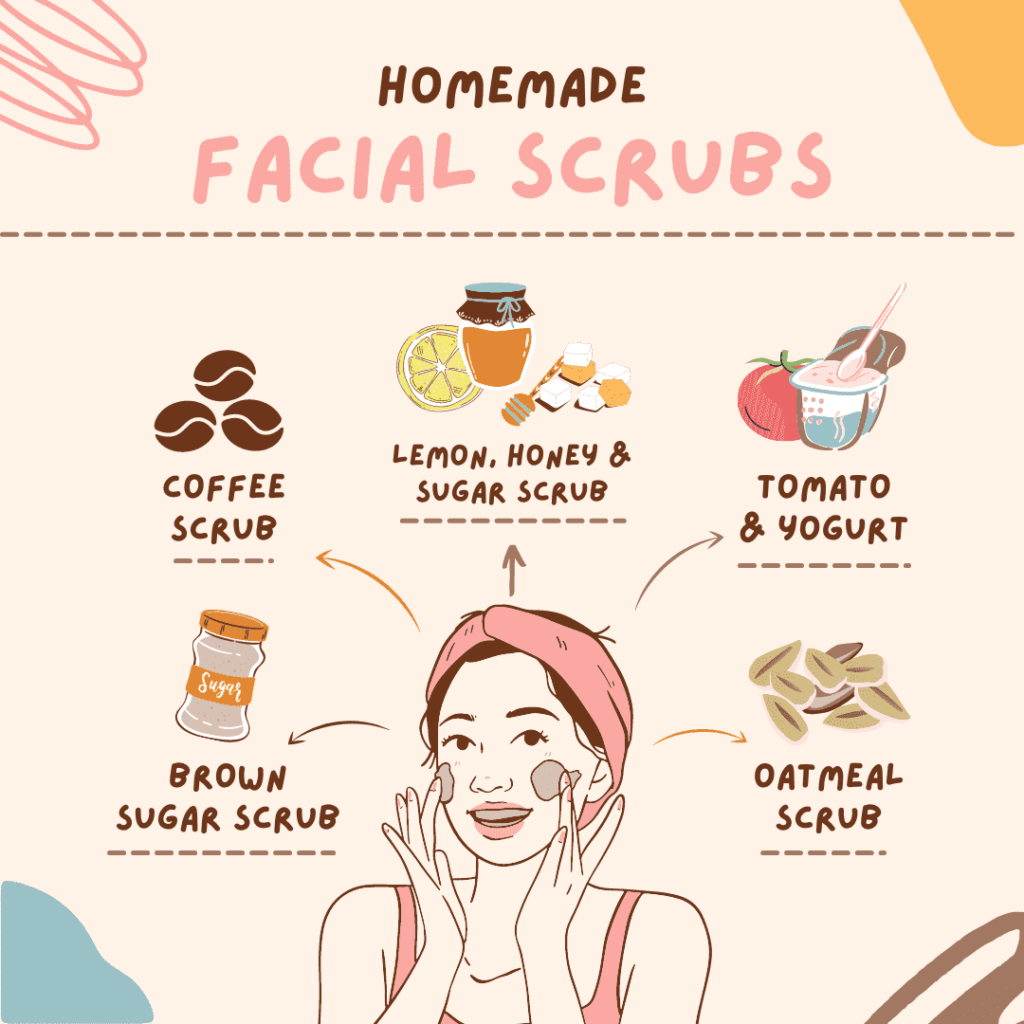
Exfoliating Scrubs to Reveal Radiant Skin
Regular exfoliation is key to achieving a glowing complexion. DIY scrubs can help remove dead skin cells, unclog pores, and improve overall skin texture. Here are a couple of exfoliating scrub recipes to try:
- Mix 1 tablespoon of coffee grounds with 1 tablespoon of coconut oil. Gently massage the scrub onto your face in circular motions and rinse off with warm water. The coffee grounds will exfoliate while the coconut oil moisturizes, leaving your skin feeling soft and smooth.
- Combine 1 tablespoon of sugar with the juice of half a lemon. Massage the scrub onto your face using gentle upward strokes and rinse off with lukewarm water. The sugar acts as a natural exfoliant, while the lemon brightens and refreshes your skin.
DIY solutions
Dealing with acne scars can be frustrating, but there are DIY solutions that can help fade those marks and promote smoother, more even-toned skin. While professional treatments are available, natural remedies and homemade skincare products can be a cost-effective and convenient way to tackle acne scars in the comfort of your own home.
Natural Remedies for Fading Acne Marks
Nature has provided us with many ingredients that can help fade acne marks and promote skin healing. These natural remedies harness the power of botanical extracts, vitamins, and antioxidants to support skin regeneration. Here are a few key ingredients that can be used in DIY treatments for acne scars:
- Known for its soothing and healing properties, aloe Vera gel can help reduce inflammation and fade acne marks. Apply a thin layer of pure aloe Vera gel directly to the affected area and leave it on overnight for best results.
- Rich in vitamin C and natural acids, lemon juice has skin-brightening and exfoliating properties. Dilute fresh lemon juice with equal parts water, apply it to the scars using a cotton ball, and rinse off after 10-15 minutes.
- Packed with essential fatty acids and vitamins, rosehip seed oil can help promote skin regeneration and reduce the appearance of scars. Gently massage a few drops of rosehip seed oil onto the scars twice daily.
DIY Face Masks and Serums for Scar Reduction
Creating your own face masks and serums allows you to tailor the ingredients to your specific needs, providing targeted benefits for scar reduction. These DIY treatments can help nourish the skin, stimulate collagen production, and fade acne marks over time. Here are a couple of recipes to try:
- Mix 1 teaspoon of turmeric powder with 2 tablespoons of plain yogurt to form a smooth paste. Apply the mask to clean skin and leave it on for 15-20 minutes before rinsing off with warm water. Turmeric’s anti-inflammatory properties combined with yogurt’s lactic acid help fade acne scars and promote a brighter complexion.
- Create your own potent vitamin C serum by combining 1 teaspoon of vitamin C powder with 2 tablespoons of aloe Vera gel. Mix well and store the serum in a dark glass bottle. Apply a few drops to clean skin every night before moisturizing. Vitamin C stimulates collagen production and helps fade acne marks.
The Role of Exfoliation in Promoting Skin Renewal
Exfoliation plays a crucial role in reducing the appearance of acne scars by removing dead skin cells, encouraging cell turnover, and promoting a more even skin tone. Incorporating exfoliation into your skincare routine can help accelerate the fading process and reveal smoother, rejuvenated skin. Here are two methods of exfoliation you can try:
- AHAs, such as glycolic acid and lactic acid, gently exfoliate the skin and promote cell renewal. Look for AHA-based cleansers, toners, or serums and follow the instructions for use. Start with a lower concentration and gradually increase as your skin adjusts.
- Create your own exfoliating scrub using natural ingredients like sugar, coffee grounds, or oatmeal. Mix one of these exfoliants with a carrier oil, such as coconut oil or olive oil, to form a paste. Gently massage the scrub onto damp skin in circular motions, then rinse off with warm water. Regular exfoliation can help fade acne scars and reveal a smoother complexion.
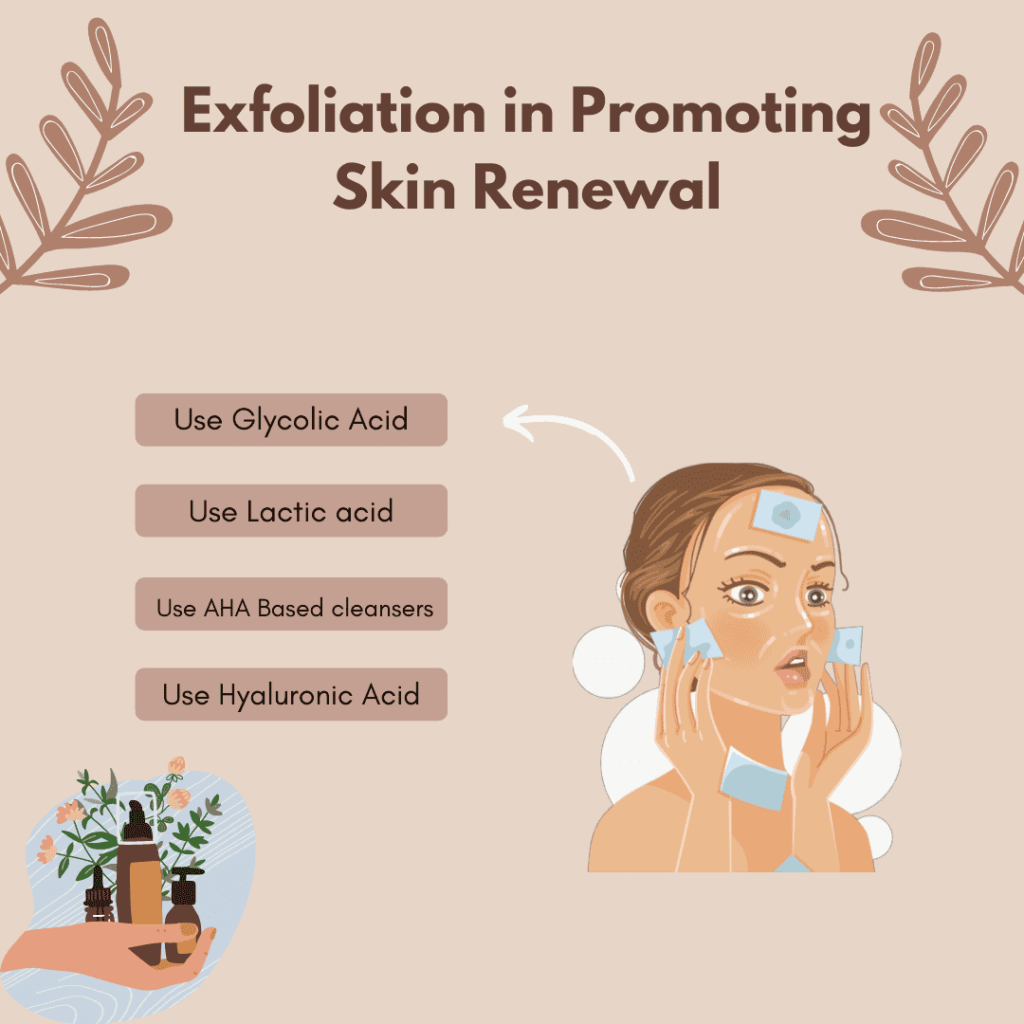
DIY makeup for acne-prone skin
When you have acne-prone skin, finding the right makeup products can be a challenge. Many conventional cosmetics can clog pores and worsen acne breakouts. However, with a DIY approach, you can create makeup products that are specifically tailored to your skin‘s needs.
Choosing Acne-Friendly Foundation and Concealers
- Look for Non-Comedogenic Formulas: Non-comedogenic products are specifically designed not to clog pores, making them ideal for acne-prone skin. Look for foundation and concealers labeled as non-comedogenic to minimize the risk of breakouts.
- Check for Oil-Free Formulations: Oil-free formulas are less likely to exacerbate acne. Oil-based products can contribute to the production of excess sebum and lead to clogged pores. Opt for water-based or oil-free foundation and concealers for a lighter, more breathable option.
- Consider Mineral-Based Makeup: Mineral makeup is often a safer choice for acne-prone skin. These products typically contain natural ingredients like zinc oxide and titanium dioxide, which have anti-inflammatory properties and can help soothe acne-prone skin.
Tips for Achieving Flawless Coverage without Clogging Pores
- Cleanse and Prep Your Skin: Before applying makeup, ensure your skin is clean and moisturized. Use a gentle cleanser to remove dirt and excess oil, followed by a lightweight, oil-free moisturizer to hydrate your skin without adding additional oil.
- Use a Makeup Primer: Applying a primer before foundation helps create a smooth canvas for makeup application. Look for a primer specifically formulated for acne-prone skin, as it can help control oil and improve the longevity of your makeup.
- Use Light Layers: Instead of applying a heavy layer of foundation, use a light hand and build coverage gradually. This approach allows your skin to breathe and reduces the risk of clogged pores. Use a beauty blender or a brush to blend the foundation seamlessly into your skin.
Budget-Friendly Solutions for a Natural, Radiant Look
- DIY Tinted Moisturizer: Create your own tinted moisturizer by mixing your favorite moisturizer with a small amount of foundation or concealer. This DIY solution provides lightweight coverage while keeping your skin hydrated and radiant.
- Homemade Setting Powder: Control shine and extend the longevity of your makeup with a DIY setting powder. Simply mix cornstarch or rice powder with a small amount of cocoa powder (for darker skin tones) or arrowroot powder (for lighter skin tones). Apply the powder lightly over your foundation to set it in place.
- Natural Blush and Bronzer: For a natural flush of color, use natural ingredients like beetroot powder or hibiscus powder as a blush. To create a DIY bronzer, mix cocoa powder with a dash of cinnamon. These homemade alternatives are cost-effective and free from harsh chemicals.
Precautions and Tips for DIY Treatments
DIY treatments can be a great way to address various skincare concerns, including acne. However, it’s important to take certain precautions to ensure your safety and the effectiveness of these treatments.
Patch Testing and Allergy Considerations
Before incorporating any new DIY treatment into your skincare routine, it’s crucial to conduct a patch test to determine if you have any allergic reactions or sensitivities to the ingredients. Follow these steps for a patch test:
- Choose a discreet area, such as the inside of your forearm or behind your ear.
- Apply a small amount of the DIY treatment to the patch test area and gently massage it into the skin.
- Leave the product on the skin for 24-48 hours and monitor the patch test area for any signs of redness, itching, or irritation. If you experience any adverse reactions, discontinue use immediately.
Proper Storage and Shelf Life of Homemade Products
To ensure the efficacy and safety of your DIY treatments, it’s essential to store them properly and be mindful of their shelf life. Here are some tips to consider:
- Before using any containers for your homemade products, make sure they are thoroughly cleaned and sterilized to prevent bacterial growth.
- Most DIY treatments are sensitive to light and heat, which can degrade their potency. Store your homemade products in a cool, dark place, away from direct sunlight and high temperatures.
- To keep track of the shelf life of your DIY treatments, label them with the date of creation. This will help you know when to discard and replace them to ensure freshness and efficacy.
Consulting with a Dermatologist for Severe Acne Cases
While DIY treatments can be beneficial for mild to moderate acne, it’s crucial to seek professional guidance from a dermatologist for severe or persistent acne cases. Here’s why:
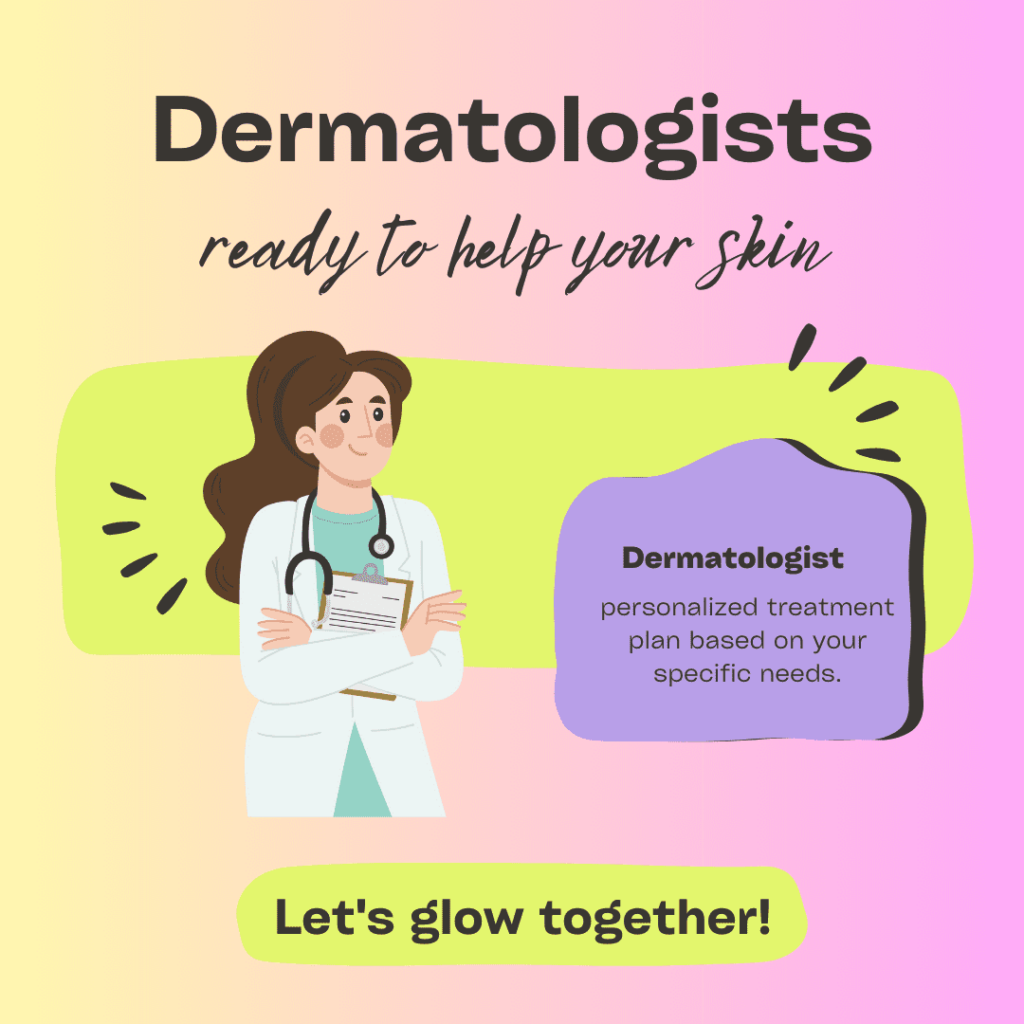
- A dermatologist can accurately diagnose the underlying causes of your acne and develop a personalized treatment plan based on your specific needs.
- In severe cases, over-the-counter DIY treatments may not be sufficient. A dermatologist can prescribe medications, such as topical retinoids or oral antibiotics, or recommend advanced treatments like laser therapy or chemical peels to effectively manage severe acne.
- A dermatologist will provide ongoing monitoring and follow-up care to ensure the effectiveness of the treatment plan. They can make necessary adjustments and provide guidance throughout your acne journey.
Conclusion
In a world filled with countless skincare options, sometimes the best solutions can be found right in your own kitchen. DIY treatments for acne have emerged as a popular and effective alternative, offering a creative and empowering approach to achieving clear and radiant skin.
Throughout this post, we have unraveled the secrets of homemade remedies, showcasing the power of natural ingredients and the benefits they can bring to your skin. From DIY face masks to exfoliating scrubs, these budget-friendly solutions offer a unique opportunity to pamper yourself while addressing acne-related concerns.
Embrace the DIY revolution and discover the wonders it can bring to your acne-prone skin. Your skin deserves the best, and with DIY solutions, you have the power to make it happen.

